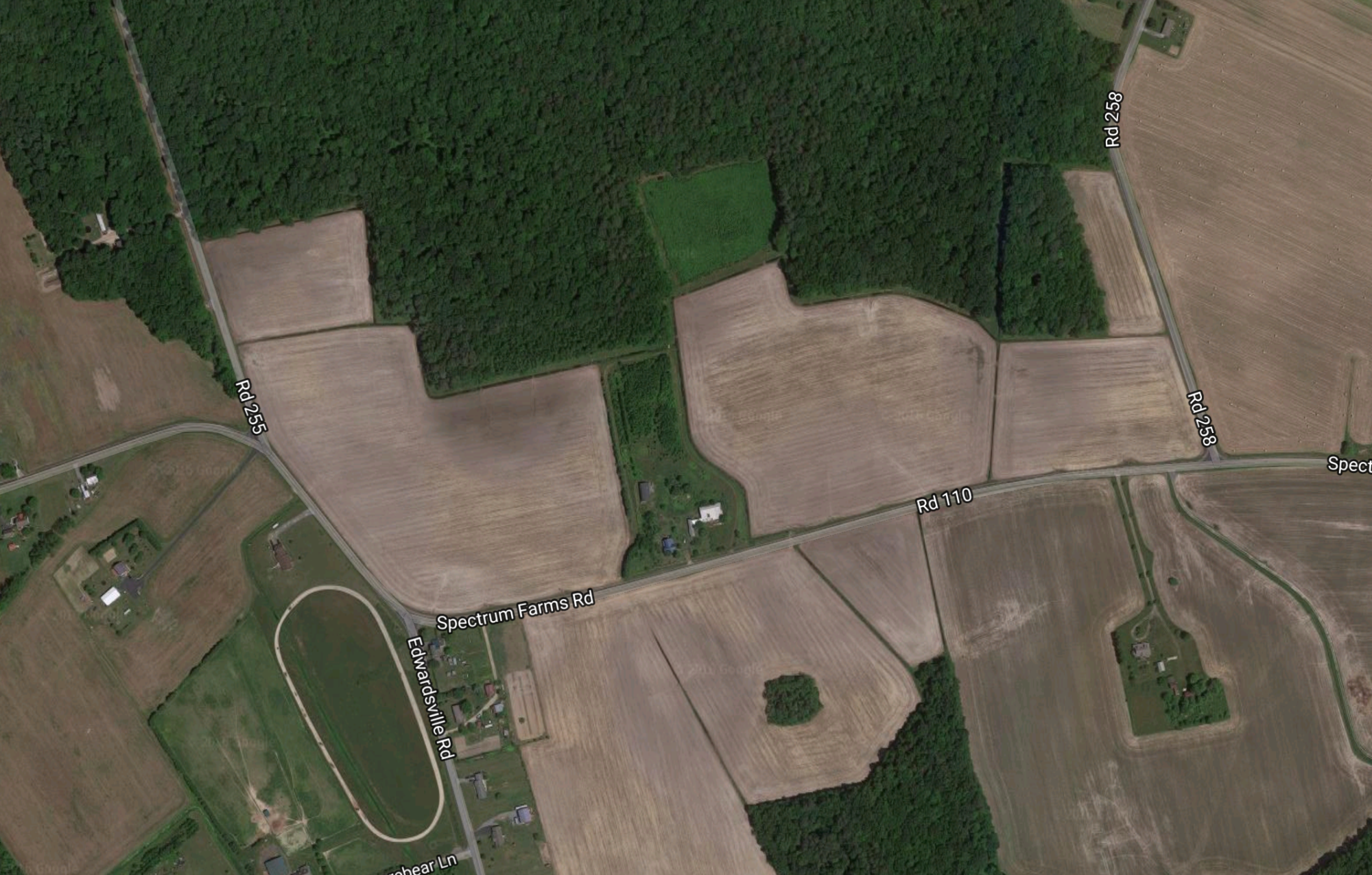In his “Landmarks of Tomorrow” published in 1957, republished in 1996, Peter Drucker introduced the seminal definition of knowledge workers where post-war (yes, World War II) organizations would form around the power of highly skilled workers and information to achieve organizational shared goals through increased performance. No longer the whole is equal to the sum of its parts (e.g., 1+1 = 2), Drucker suggested a non Descartian equation where the whole can be greater than the sum of its parts (e.g.., 1+1 > 2) because Drucker came to see that information flows and computing advances, even as far back as the late 50s and 60s, would dramatically affect and reshape the role of work, the resources needed to perform the work and how management would need to change to be effective as leaders and enablers. The knowledge worker definition has been one my key concepts and grounding principles as to how work can be organized for over 20 years.
The Neuroscience of Learning
A very concise and easily consumable & accessible online course available through Lynda.com is “The Neuroscience of Learning” by Andreatta Britt, PhD where she introduces her three phase cycle (Learn, Remember, Do).
In the Learn phase, aligns the cycle with Bloom and Kolb models and then introduces discoveries from neuroscience how the areas of the brain including the hippocampus, the amygdala and the prefrontal cortex participate in to retaining new information and learning new skills.


